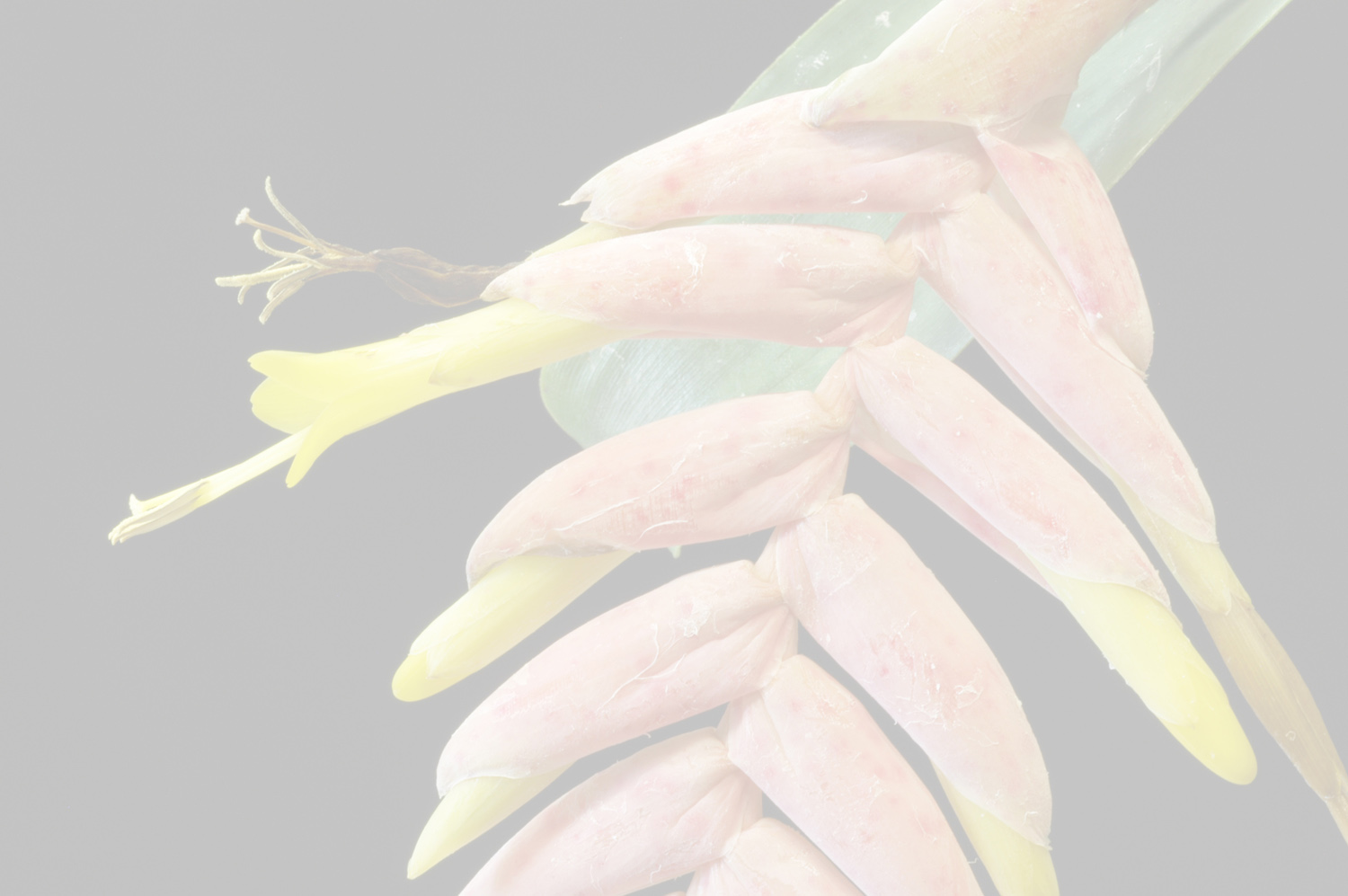
Vriesea marceloi Versieux & T.Machado
Literature references:
Comments:
- Ecology: Vriesea marceloi is ornithophilous and is visited by two different species of hummingbirds: Campylopterus largipennis and Augastes scutatus. Other plant species associated with V. marceloi include Chusquea sp. (Poaceae) and different lichen species.
Distribution and conservation: So far restricted to the Pico do Inficionado and Pico do Sol, Serra do Caraça, along the southern portion of Espinhaco Range, between Catas Altas and Santa Bárbara municipalities. The species appears to be very selective regarding habitat, only growing at the higher elevations (> 1900 m. a.s.l.) where mist formation is frequent (Fig. 1). More field studies are necessary in order to clearly establish the conservation status of the species, but it is rare and currently only known from two populations growing inside a Serra do Caraça private reserve.
Vriesea claudiana is restricted to the Mantiqueira mountain range in the Atlantic Forest domain (Leme et al. 2010). Vriesea claudiana can be separated from V. marceloi by the greenish-glaucous blades covered by a thin layer of white epicuticular wax (vs. green blades becoming purple toward apex without wax), by the green peduncle bracts exceeding the internodes (vs. yellow to brownish yellow peduncle bracts shorter than the internodes), by the color and length of peduncle, which are also different. In V. claudiana the peduncle is almost two times longer (35–50 cm and greenish vs. 13.5–25(39) cm and reddish to purplish in V. marceloi). The number of branches is larger in V. claudiana (4–5 vs. 2–3 in V. marceloi), the rosette shape (funnelform vs. nearly tubular) and also the size of the sepals and petals are distinct (Table 1). —See Versieux & Machado 2012

